Want to contribute to this article?
Businesses can only be as strong, compliant and efficient as their supply chains allow them to be.
So getting a robust auditing procedure in place to keep tabs on your suppliers is crucial for embedding world class quality control.
We built an example supplier audit within our Audit Manager module to demonstrate how EQMS can be applied for good supplier control.
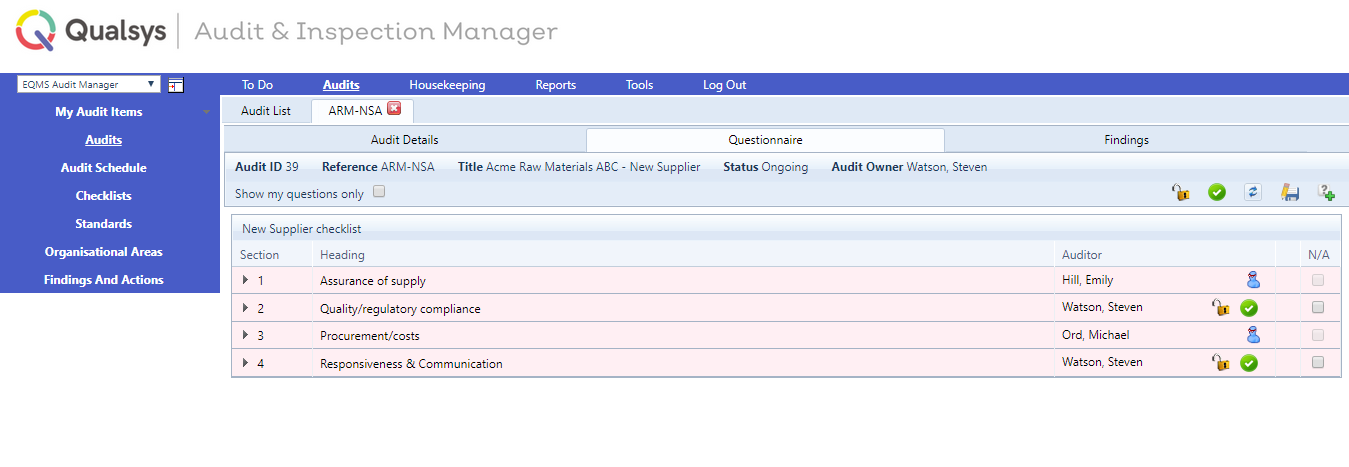
Step 1: head to Audit Manager and create a new audit
Start by heading to the Housekeeping section of Audit Manager and building a 'New Supplier Audit' audit type.
Then, as with any kind of audit you want to complete in EQMS, click the 'Add new audit' button at the top of your Audit List.
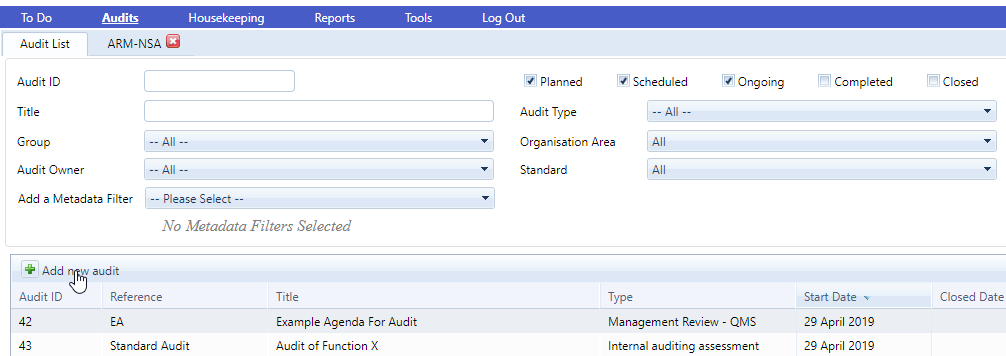
Name the audit after the supplier you wish to audit, give it a reference and owner, and detail the scope - which will be something like: 'new supplier audit for Supplier X'.
Associate your New Supplier Audit audit type, and click save to begin building your audit checklist.
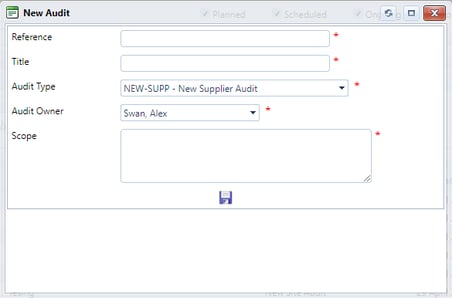
Step 2: build the audit
After entering the scheduled date and expected duration of your supplier audit, make sure you associate your audit with relevant records from other EQMS modules and any associated standards and clauses your audit relates to.
Associated standards could be:
- ISO 9001:2015: Clause 4.1 (organisational context)
- ISO 9001:2015 Clause 4.2 (understanding the needs/expectations of interested parties)
- ISO 9001:2015 Clause 8.4 (control of externally provided processes, products and services)
- ISO 20400 (sustainable procurement)
- ISO 28000 (supplier management)
Associated EQMS items could be:
- Documents: SLAs, supplier self-assessments, tender responses, contracts
- Issues: any recorded change processes, such as supplier change requests
- Suppliers: the name of the supplier to be audited, which you recorded in Supplier Manager
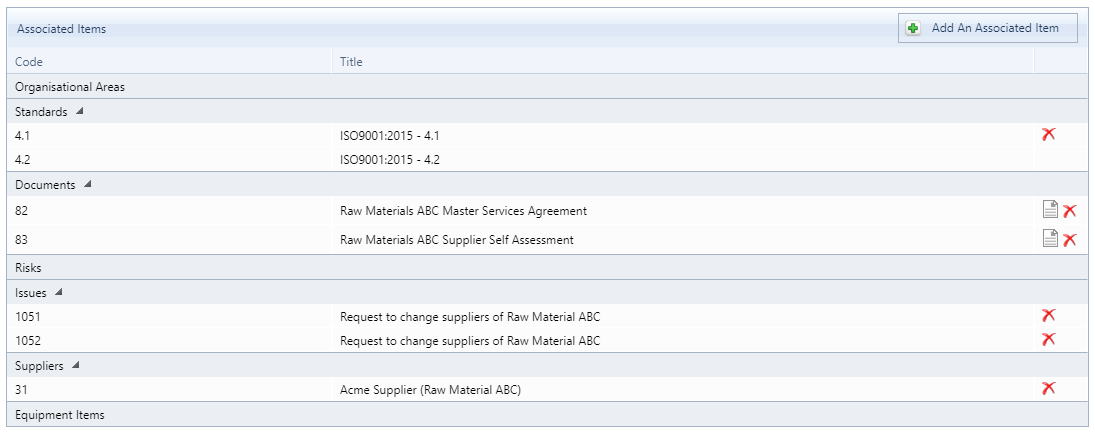
Step 3: add the checklist
Liam Pollard is Service Implementation Manager at Qualsys, with experience of implementing electronic auditing systems for businesses like IQE and Sodexo.
Liam recommends grouping your audit checklist into 4 sections as follows:

Here are some example questions you can include in each section.
Assurance of supply
This section aims to determine that your supplier has the ability to fulfil their obligations to you as the customer.
1. Is the capacity of the supplier sufficient to meet the long-term needs of our business?
2. Does the supplier have alternative sites to manufacture the products within scope?
3. Does the supplier have experience with the products/procedures/regulations involved in manufacturing/supplying product to us?
4. Does the supplier intend to manufacture/produce in a dedicated site?
5. Does the supplier have the capability to handle the necessary technology for manufacturing/supplying product to us?
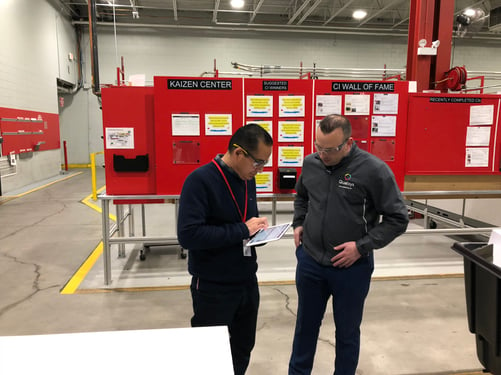
Quality & regulatory compliance
There's no point cementing good compliance and quality management within your own company if you choose to work with suppliers who don't do the same.
This section is critical for extending your quality management standards up your supply chain, and is also the largest and most detailed section of the audit.
1. What are the EHS standards employed at the supplier site(s)?
2. Has the site(s) undergone EHS audits? (Request and observe the findings from those audits.)
3. Is the supplier in good financial health and willing to share financial data to prove so?
4. Does the supplier have a stable shareholder structure in place?
5. What is the shareholders' long-term investment and development strategy for the supplier company?
6. What was the turnover for the last three years?
7. What percentage does the intended spend represent versus the total turnover?
8. Does the supplier have the necessary tools in place in order to track and evaluate their delivery performance? (Detail those tools.)
9. Is the supplier certified to ISO 9001:2015?
10. Will the product(s) within scope be manufactured in an inspected and approved facility? (Detail those inspections and recent results.)
11. Are there adequate procedures in place for complaint handling & recalls?
12. How many recalls and quality-critical complaints has the supplier had in the past three years?
13. Does the supplier have effective change control, deviation reporting and non-conformity evaluation procedures in place?
14. Does the supplier allow the involvement and participation of the customer?
15. Does the supplier have an operational supplier qualification program in place for their own suppliers?
16. Does the supplier have a quality-centric culture in place, supported by top management with regular review meetings?
17. Are there environmental controls in place appropriate to the product type?
18. Is there a program for continuous improvement?
19. What measures will the supplier take to guarantee the safety and integrity of the supply chain?
20. Are there adequate procedures in place for process validation?

As Head of Quality for an international pharmaceutical distributor,
Saj Nirmalananthan applies stringent supplier control with EQMS.
Procurement/costs
A good supply chain is built on candid and transparent pricing.
1. Is the supplier willing to provide open-book costing details for the products within scope?
2. Are development costs included in the price?
3. Are there areas where the supplier can drive innovation/improvement?
4. Are there resources available to support continuous improvement activities? If yes, how many FTEs versus total?
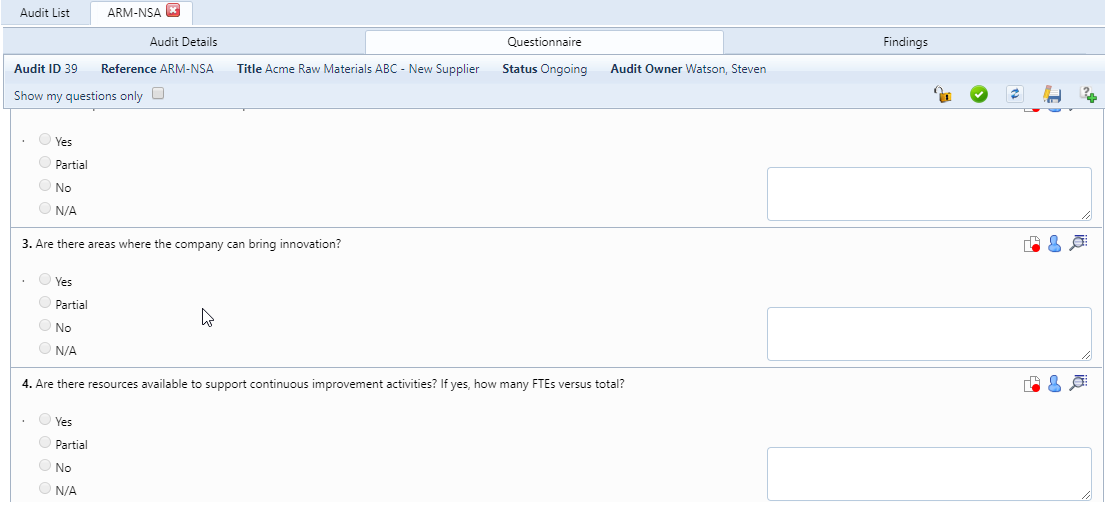
Responsiveness and communication
Your supplier relationships will live or die on the level of effective communication and response you can achieve with your supplier.
Use this section to gauge those levels.
1. Is the supplier competent in lean and 6S techniques?
2. Is there a structured approach to resolve business problems?
3. Are there project management capabilities present?
4. Detail the number of staff in the supplier company and their qualifications/competences.
5. What is the standard lead time following receipt of the purchase order?
6. What is the company's responsiveness for new inquiries?
7. Detail the flexibility of production within the supplier's manufacturing site(s).
8. To what extent does the supplier communicate proactively?
9. Is there a willingness to share detailed information on a voluntary basis?
Step 4: audit!
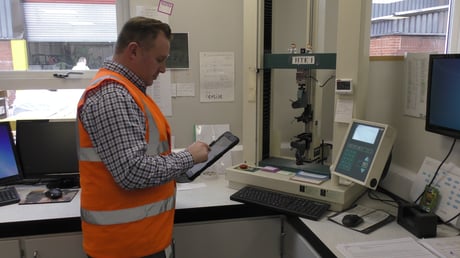
Take advantage of Qualsys's mobile auditing application to eliminate paper-based clipboard processes and begin auditing your suppliers quickly and simply.
If necessary, divide the audit between multiple auditors, record findings on-the-go via the iEQMS mobile app, then visit the main Audit Manager system to view the combined findings in a single, instant automated report.
Use Issue Manager to record and drive any necessary change actions or resolve non-conformances.
And keep your supplier on track and in the loop by sharing EQMS access with them and pushing any necessary actions into their To Do list.
Next steps
Download our Audit Manager datasheets to learn more about the functionality of the module and how to apply it to your own auditing needs.




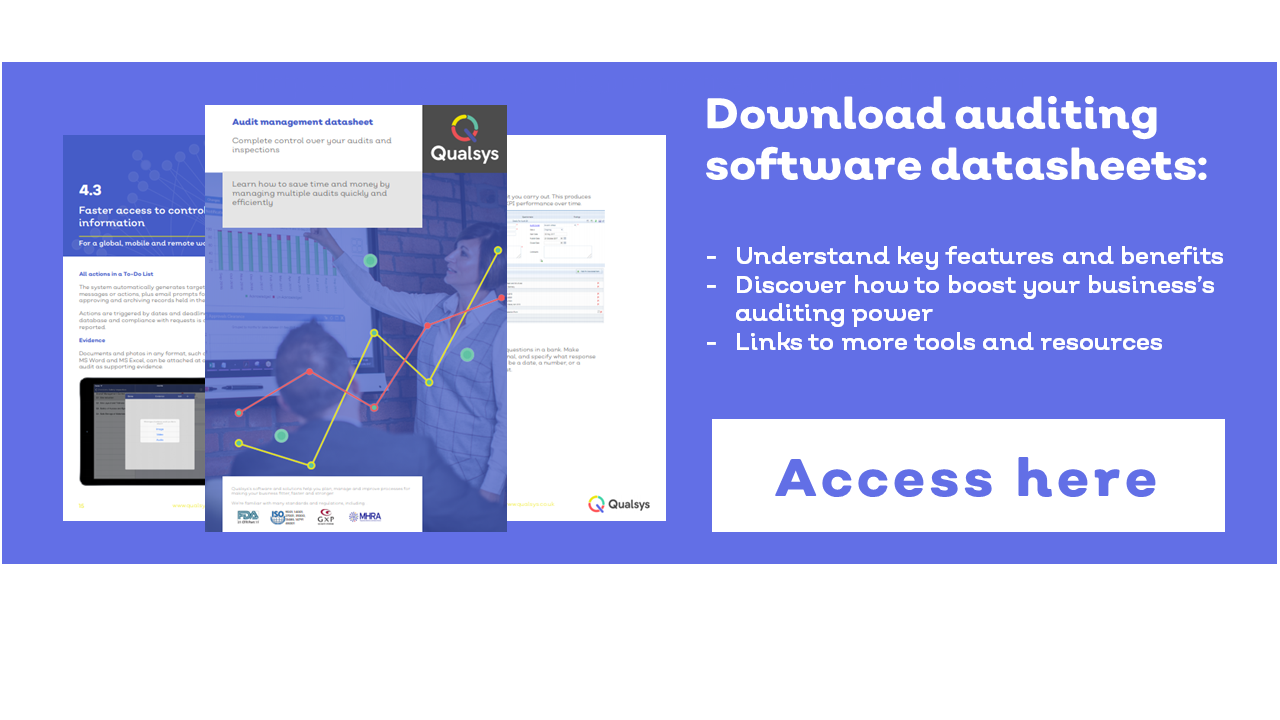

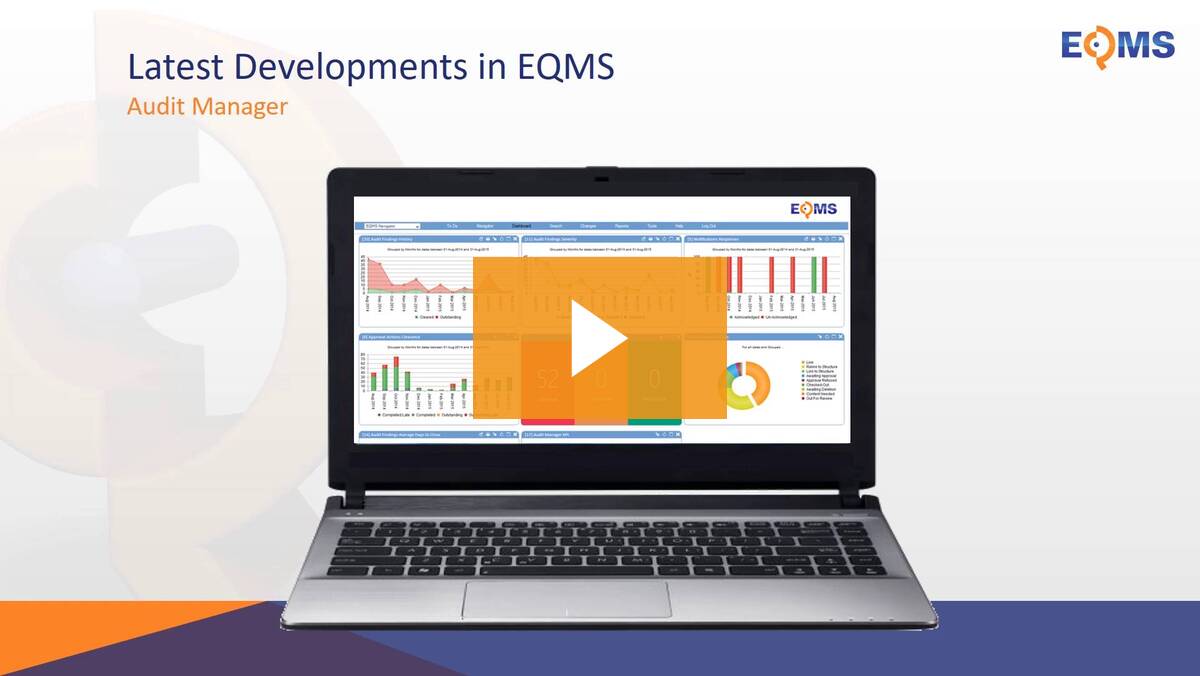

Share your thoughts on this article